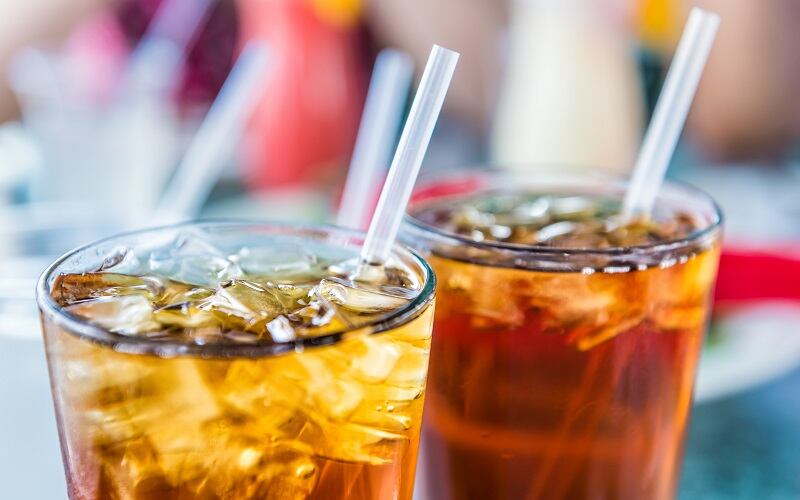Citrus supply chain constraints and upcoming sodium regulations are pressuring food and beverage brands to innovate faster — a challenge that ingredient company Kerry says it is meeting head on with its CPG clients.
During the Consumer Analysts Group of New York (CAGNY) conference this week, Kerry representatives outlined a broad strategy to meet the challenges and opportunities facing the food and beverage industry while meeting consumer demands for great-tasting products.
“Consumers will not budge on one thing: They refuse to sacrifice on taste. They want healthy, convenient products that are as delicious as the originals. This creates an enormous challenge for brands on the shelf, but it also creates huge opportunity for those that can get it right. Our industry is in the middle of a perfect storm. These dynamics are forcing companies to innovate fast and adapt,” said Elizabeth Horvath, VP of marketing for North America and proactive health technologies at Kerry.
Facing citrus greening challenges
Currently, citrus supply chains are fighting the existential threat of citrus greening disease, where fruit falls off the tree prematurely, resulting in bitter off-notes.
Agriculture company Alico shut down its Florida citrus operations earlier this year, citing a 73% decline in citrus production over the last 10 years due to citrus greening and hurricanes.
An unnamed major beverage manufacturer consulted Kerry to help the brand reformulate its core lime flavor to be less expensive and less dependent on citrus ingredients, Horvath said.
Kerry by the numbers
Two days ahead of its CAGNY presentation, Kerry released its full-year 2024 results, ending Dec. 31. Taste and nutrition revenues hit $8.78 billion, growing 3.4% for the year and 4.1% for the fourth quarter led by its snacks, beverages and bakery divisions.
Last year, Kerry divested its consumer dairy business — Kerry Dairy Ireland — allowing the company to be a "dedicated taste and ingredients solutions provider," explained the CEO of Kerry Edmond Scanlon during the CAGNY presentation.
For a deeper look at how Kerry Dairy Ireland is fairing post-divestiture, visit FoodNavigator-USA's sister site Dairy Reporter here for the group's latest quarterly results.
Through trial and error, the beverage company found that it could re-create the lime flavor with the help of Kerry’s citrus extender, “instead of relying on traditional citrus oils, which are high cost and vulnerable to supply fluctuations,” Horvath added.
Flavor companies, like Bell Flavors & Fragrances and T. Hasegawa, and other ingredient companies offer similar flavor extenders or replacers to provide an alternative to traditional citrus ingredients.
“We leveraged proprietary ingredients and our deep citrus expertise to create a more stable, cost-effective and scalable solution. This just was not about matching a flavor. It was about redefining how citrus flavors are built. The result is a taste just as vibrant, fresh and true to fruit, but with less reliance on depleting citrus resources and more predictably for the customer’s supply chain,” Horvath elaborated.
Hitting sodium reduction goals
CPG companies face the prospect of reformulating products to address sodium requirements. Under the Biden administration, the FDA issued voluntary sodium reduction goals of 20% over the next year.
A pasta sauce brand consulted Kerry on sodium reduction. The two companies worked together in Kerry’s Beloit, Wis., facility to ensure that the product met sodium reduction requirements but still provided the taste consumers appreciated, Horvath said.
Kerry accomplished this by pairing a new version of its TasteSense Salt technology “with onions, spices and seasonings already present in the recipe to ensure a seamless clean-label transition,” she explained.
“This was not just about compliance, it was about protecting market leadership, brand equity and consumer trust,” she added.




